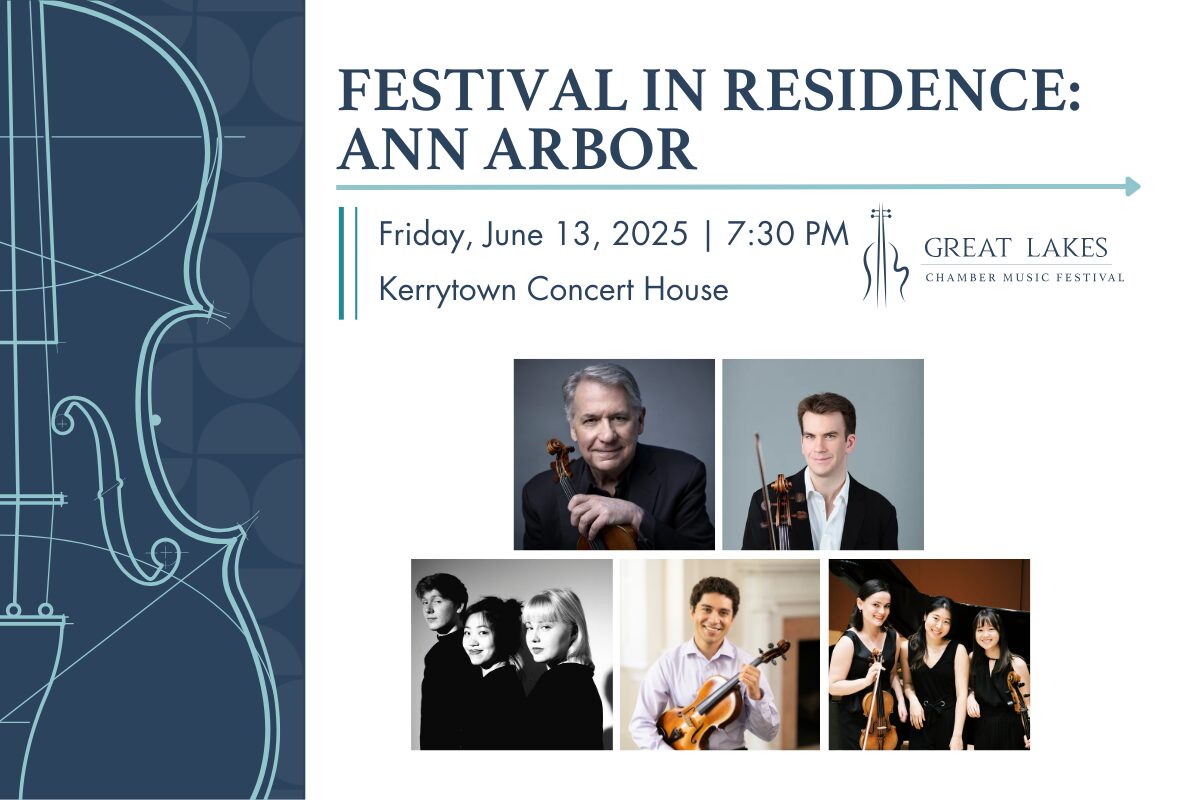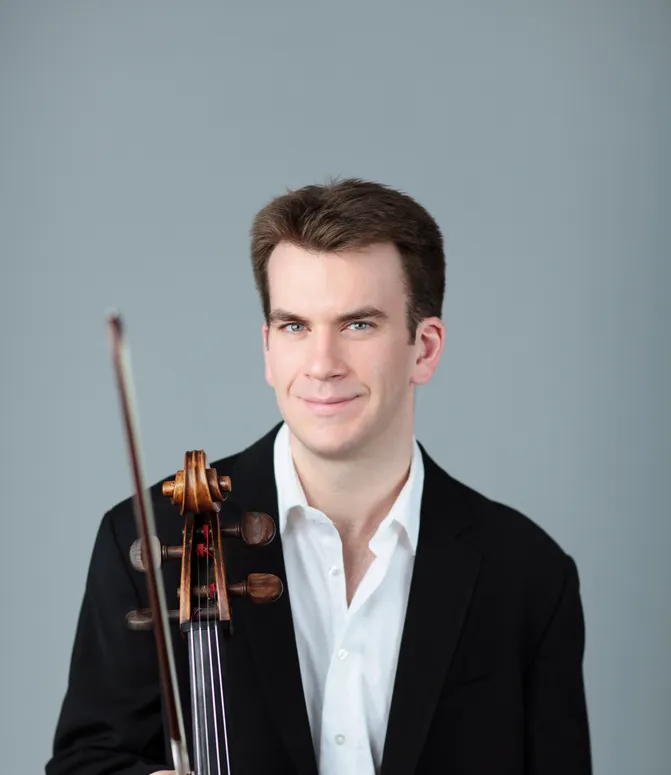Festival in Residence: Ann Arbor

Tickets
Details
Our Festival-in-Residence series brings the spirit of the Great Lakes Chamber Music Festival beyond metro Detroit, offering performances in Ann Arbor and Windsor. These concerts embody our commitment to accessibility, collaboration, and artistic excellence—bringing world-class chamber music to new communities.
Kerrytown Concert House – Ann Arbor
In a quiet corner of Ann Arbor, an old house hums with new life. Kerrytown Concert House—a 19th-century residence transformed into an intimate recital space—embodies the architectural charm and acoustic brilliance that make chamber music feel personal, immediate, and deeply moving. Its L-shaped hall draws listeners into the heart of every performance, where the boundaries between audience and artist dissolve. In this beautifully preserved space, Blueprints in Sound finds resonance in the historic bones of the house and the living artistry of its concerts.
Artists:
Stephanie Tang, piano
Philip Setzer, violin
Dillon Scott, viola
Edward Arron, cello
The Paddington Trio, Shouse ensemble
Trio Dolce, Shouse ensemble






